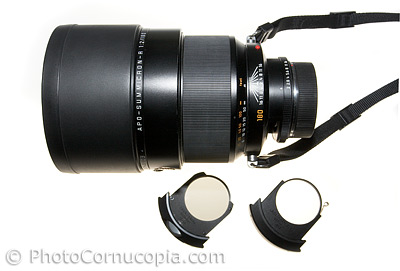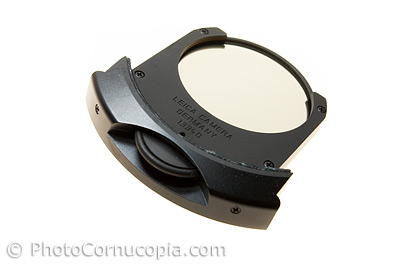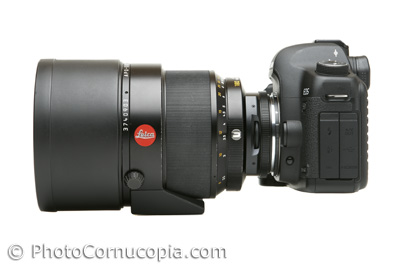Looking at getting a polarizing filter for my landscape and street photography, I've got two lenses a 16-85mm f/3.5-5.6 and a 35mm f/1.8
on my nikon D7100?
I'm very new to photography and am curious to know which lens you guys think i'd be best to get the filter for, i was leaning towards the 16-85mm
as i think that will be the lens that i'd be likely to use the most...
I was also looking at the Hoya HD polarizing Filter too - any thoughts on this filter?







 Thanks useful information:
Thanks useful information: 
 Reply With Quote
Reply With Quote Add To Bookmarks
Add To Bookmarks
 my 2 cents worth
my 2 cents worth








 D700 x 2 | Nikkor AF 50 f/1.8D | Nikkor AF 85 f/1.8D | Optex OPM2930 tripod/monopod | Enthusiasm ...
D700 x 2 | Nikkor AF 50 f/1.8D | Nikkor AF 85 f/1.8D | Optex OPM2930 tripod/monopod | Enthusiasm ...


 Threadstarter
Threadstarter










 I hadn't imagined there would be a significant difference. Go figure.
I hadn't imagined there would be a significant difference. Go figure. 

